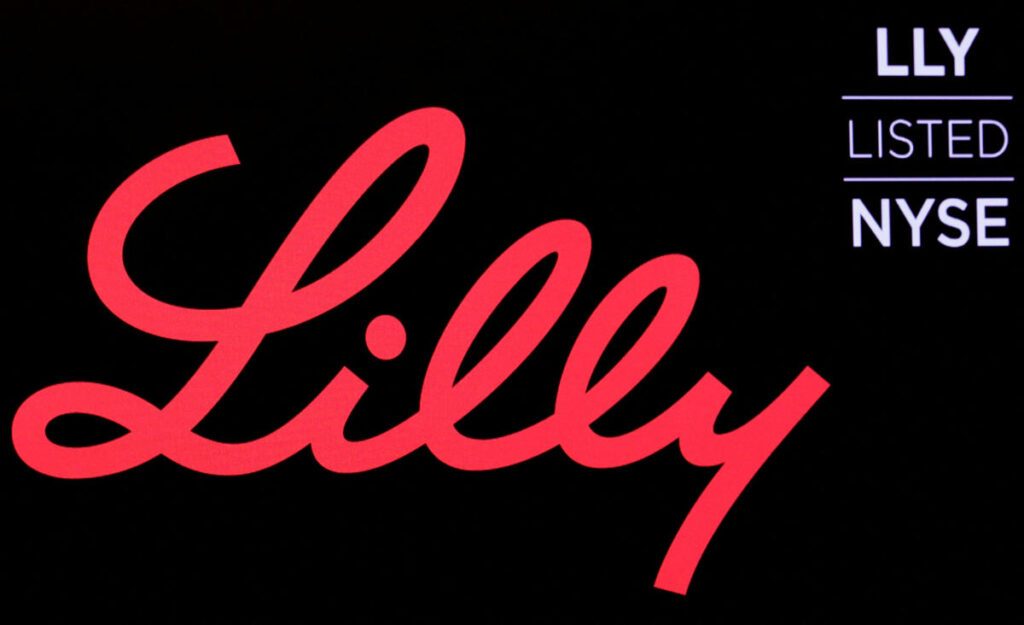Eli Lilly (LLY) reported fourth quarter and full-year earnings for 2024 on Thursday. The results largely beat Wall Street estimates and sent the stock up about 2%. But the company missed on GLP-1 sales.
The pharma giant has had a few hits and misses in the past few months: The FDA removed its GLP-1 tirzepatide drugs from the drug shortage list, which shuts down compounding pharmacy knockoffs, but the company also revised its fourth quarter 2024 guidance lower last month.
The fourth quarter results showed a 45% increase in revenue, to $13.5 billion, from sales of its GLP-1 drugs Mounjaro, for diabetes, and Zepbound, for weight loss. Mounjaro brought in $11.5 billion alone, a 124% increase from 2023, and Zepbound totaled $4.9 billion. Still, the Mounjaro numbers missed Wall Street estimates but matched revised guidance.
Mizuho’s healthcare sector expert Jared Holz wrote in a note to clients that Lilly remains the «preeminent growth story in large-cap pharma and one of the best in all of healthcare.»
For the full year, Lilly reported $45 billion in revenue, up 32% from the prior year.
Lilly is one of two market leaders in the GLP-1 space and is slowly gaining ground on Danish competitor Novo Nordisk (NVO), which reported record sales of GLP-1s Wednesday.
But the company is more than just a diabetes and obesity drug company, and that is where investors are focused on for Lilly’s long-term prospects. In the last few years, it has been favored as the potential first trillion-dollar health company due to GLP-1 profits. But the stock has come off last year’s highs of $960 per share, currently trading at below $850 per share. Still, it remains one of the more highly valued big pharma companies.
Like its competitor, Lilly is also pursuing clinical trials in various other diseases for its GLP-1 drugs — which creates a larger potential patient population. It just received FDA approval for use as a sleep disorder drug.
Meanwhile, the company is also ahead of the pack in developing a pill option. Orforglipron is currently awaiting the results of its phase III trial and could be ready for the market by 2026.
«Beyond guidance, we think investor focus will be on mgmt commentary around TRx [prescription]/volume/coverage dynamics for Mounjaro/Zepbound as well as any color on orforglipron (which is expected to be filed in obesity in 2025),» JPMorgan analyst Chris Schott wrote in a note to clients Thursday.
He added the company is still a strong investment despite the slight miss on Thursday.
«More broadly on LLY, we continue to see the company as optimally positioned in an incretin market that we see growing to ~$200bn+ over time with a number of additional opportunities in the company’s pipeline, including orforglipron,» Schott wrote.
Story Continues


